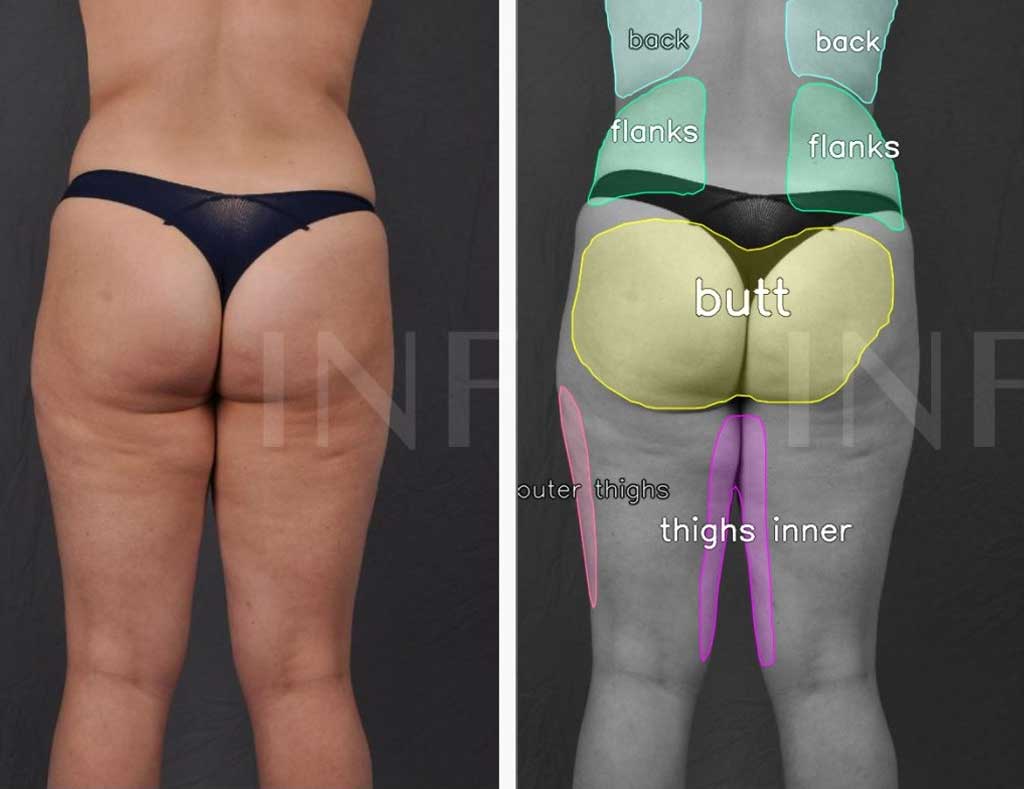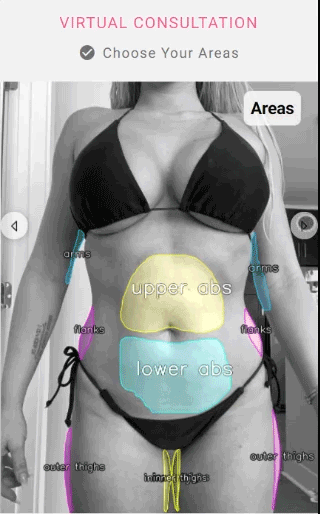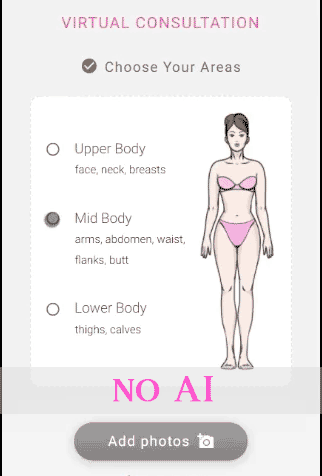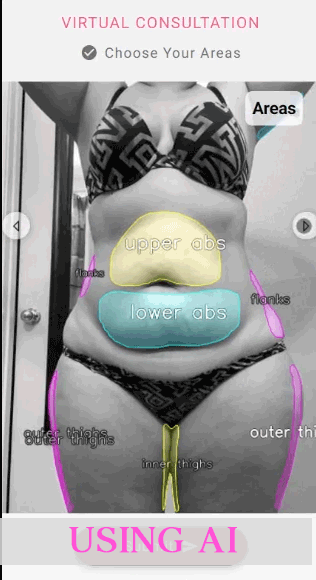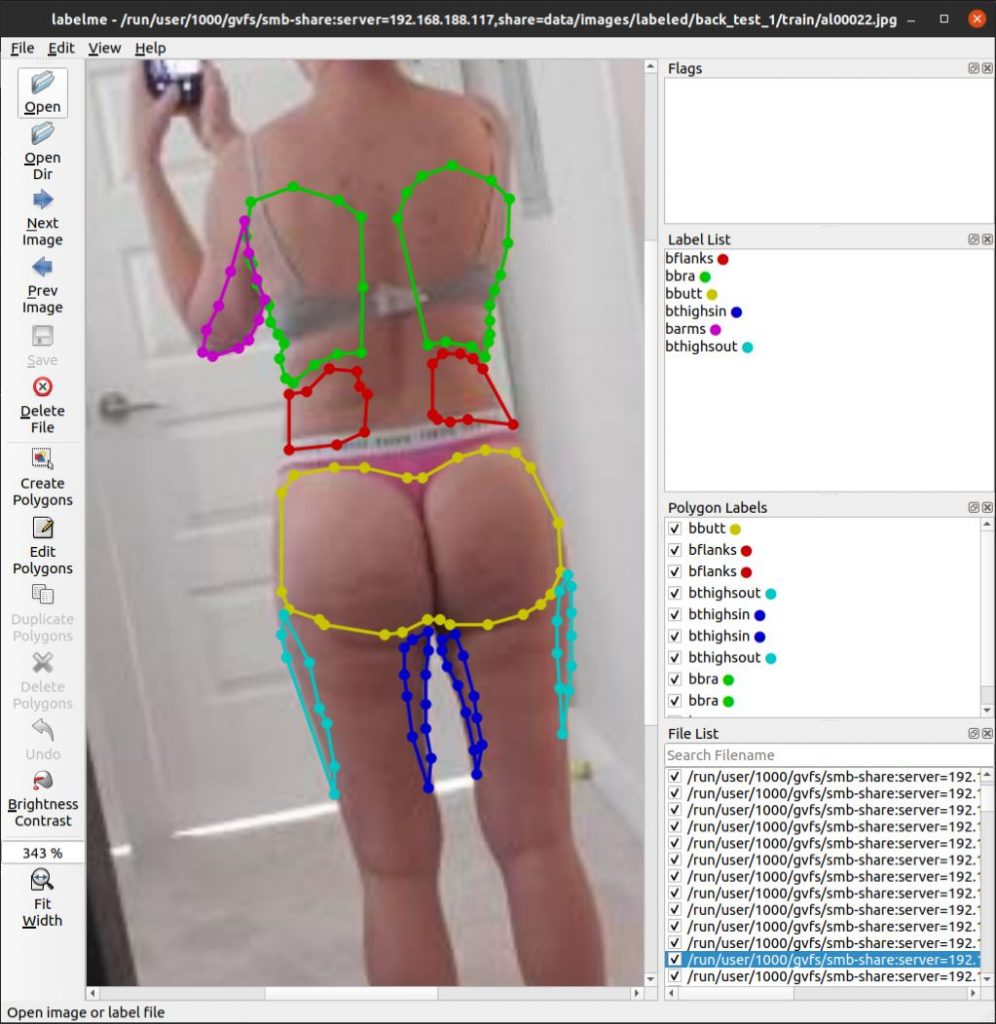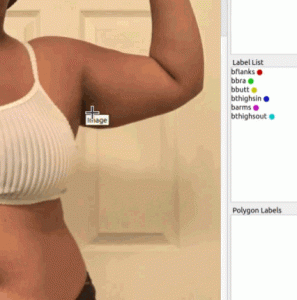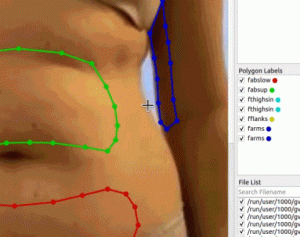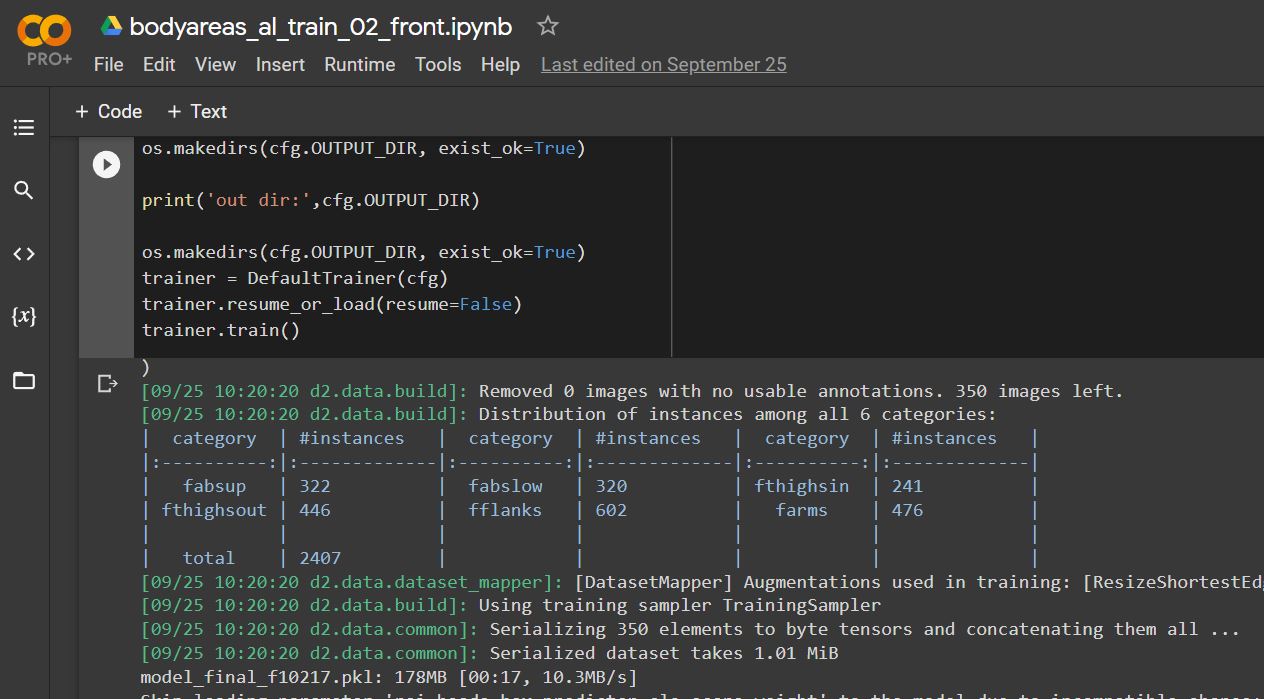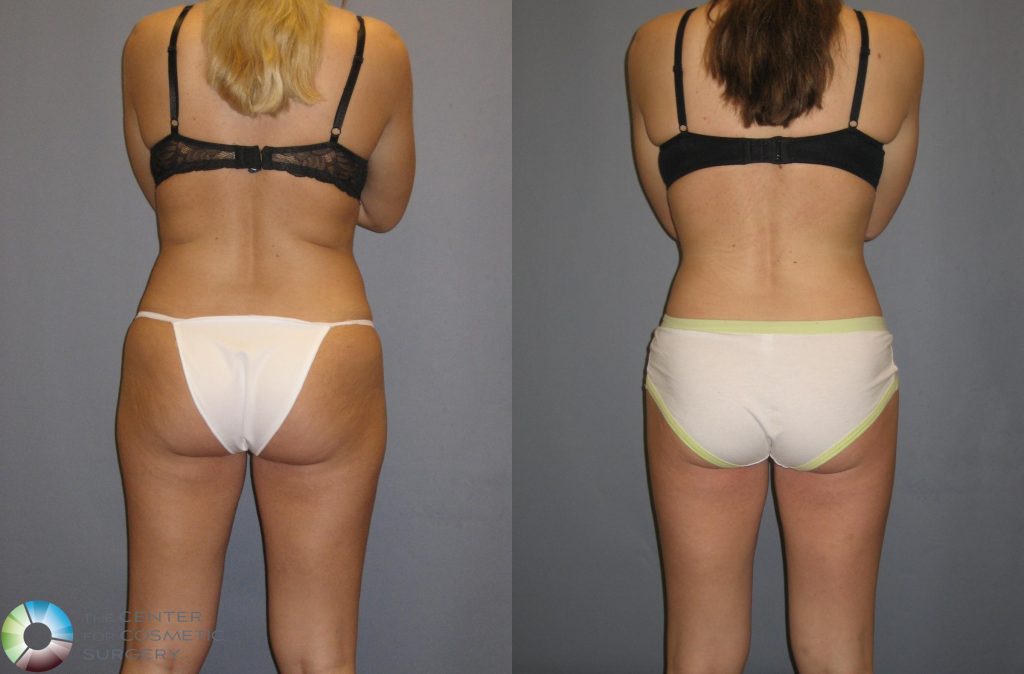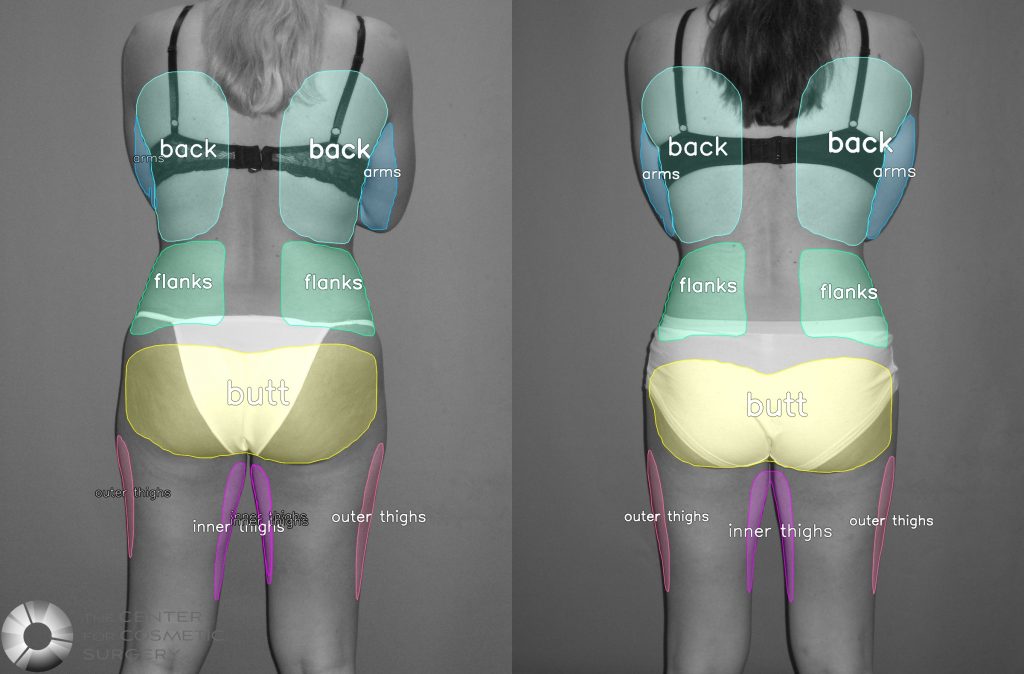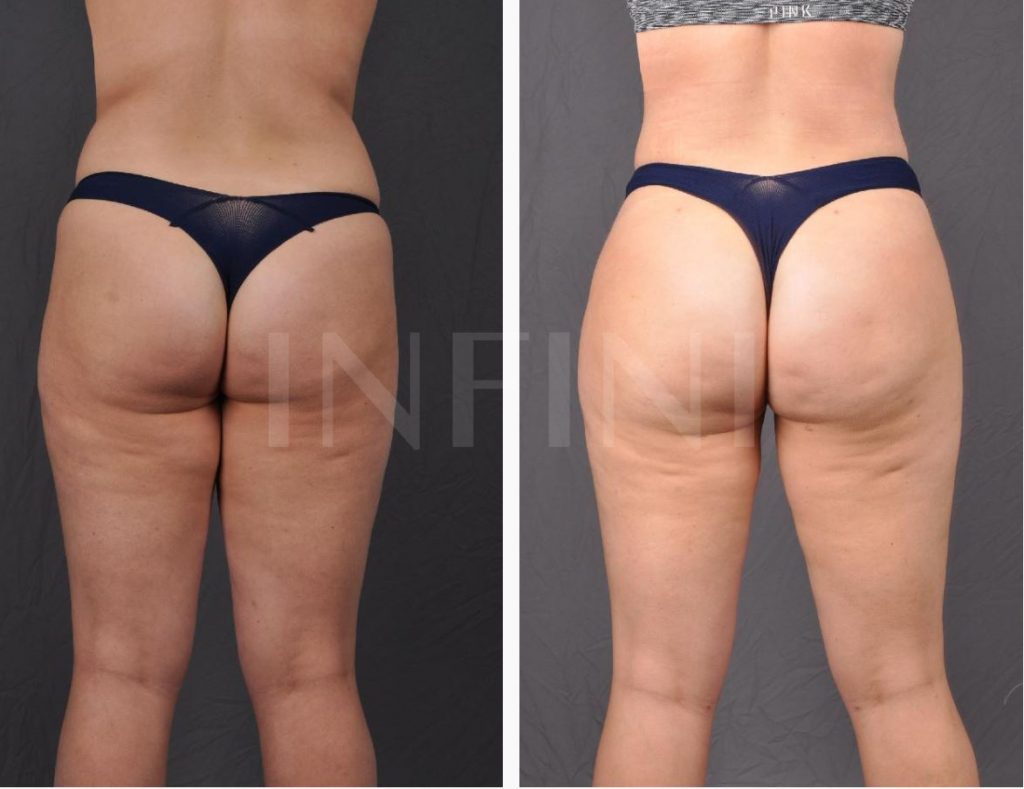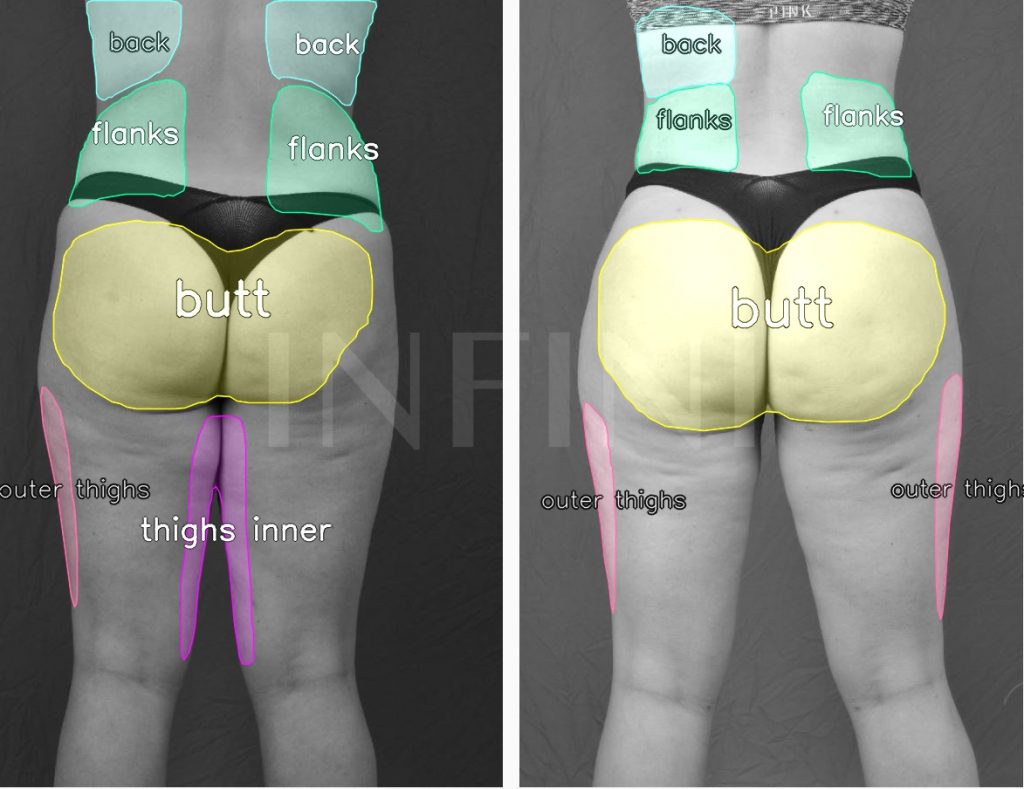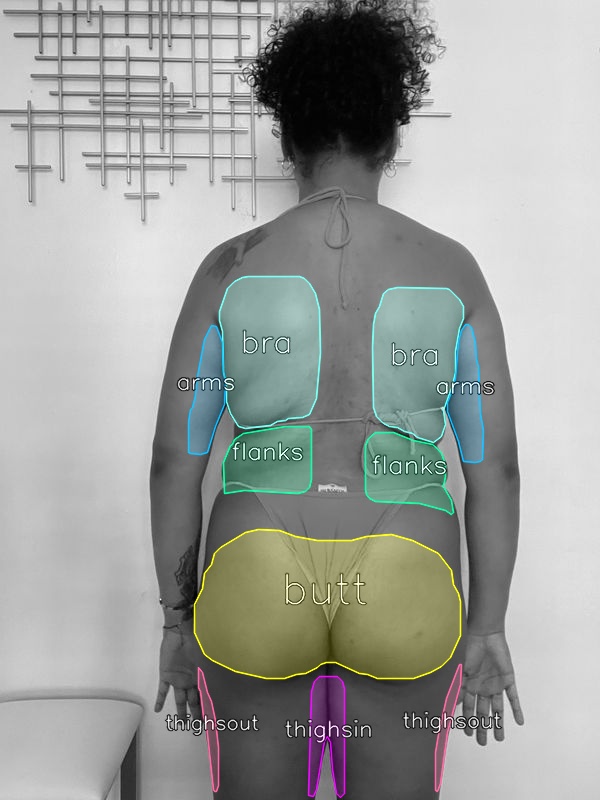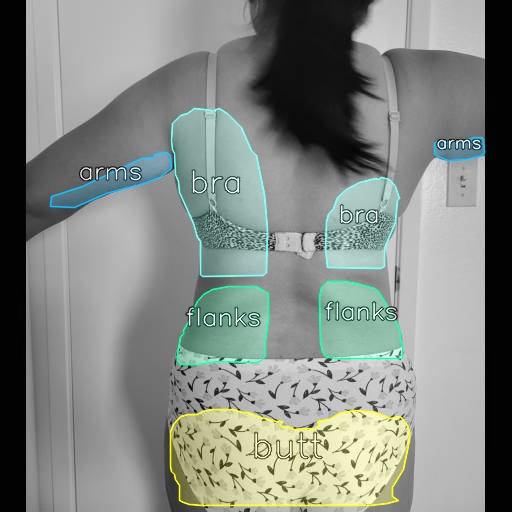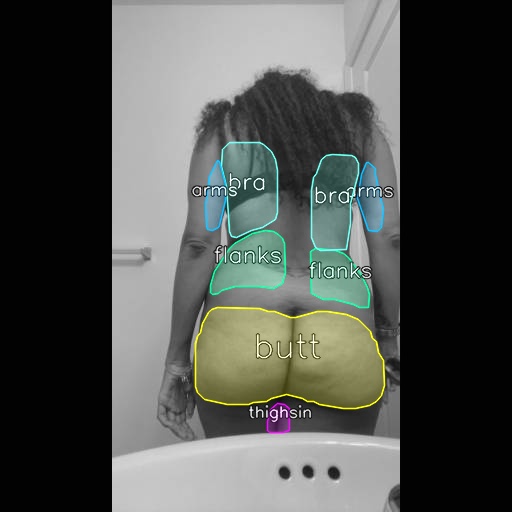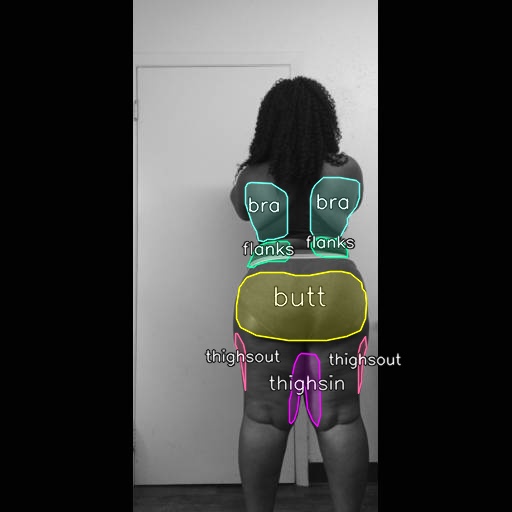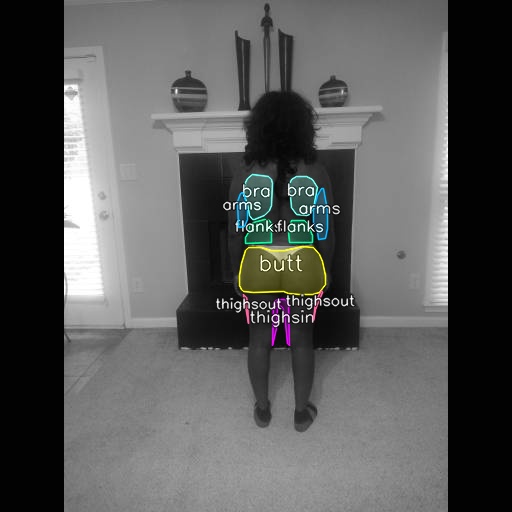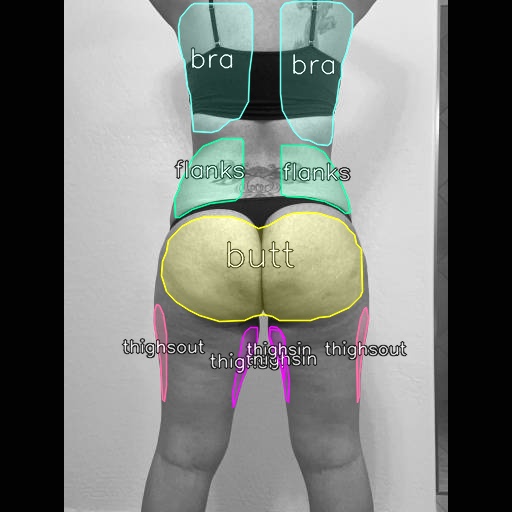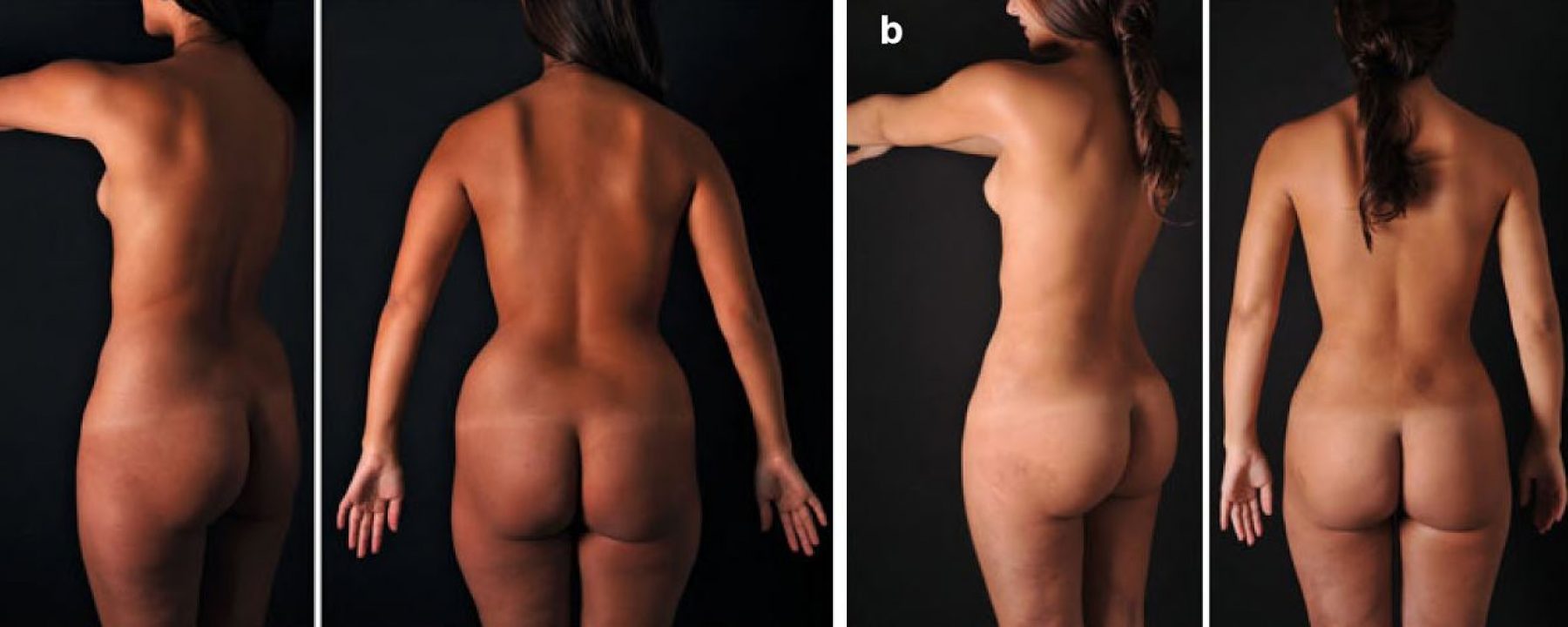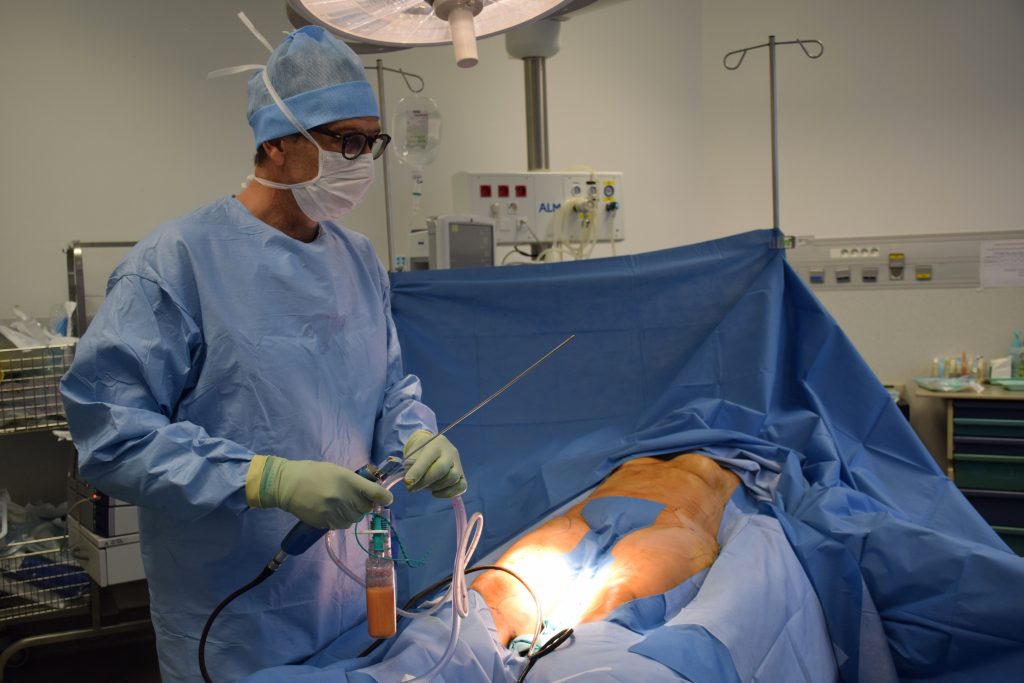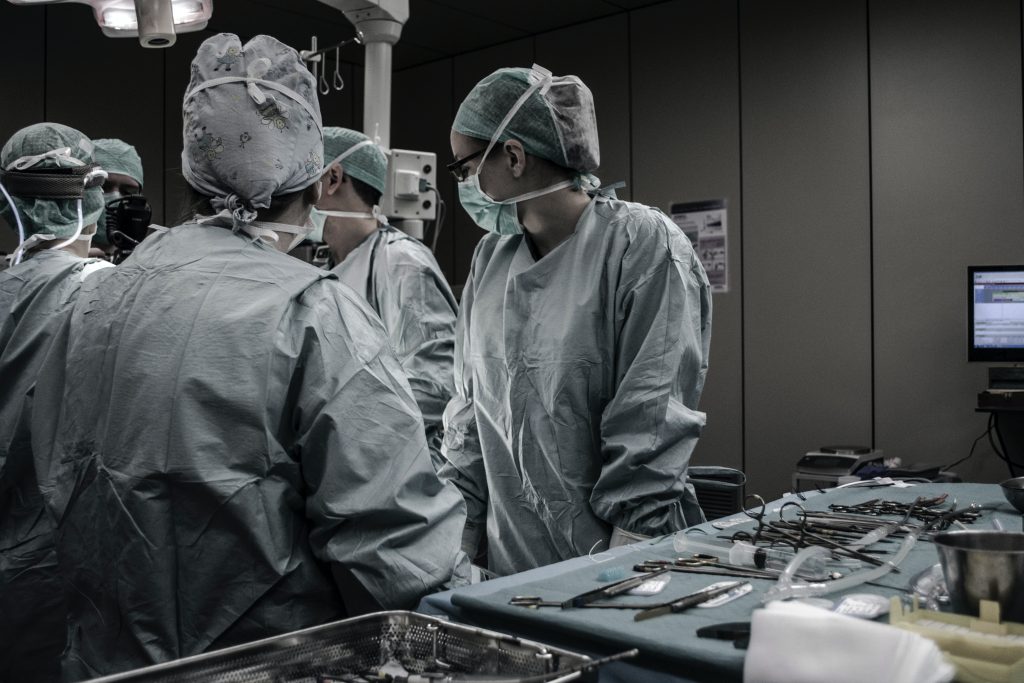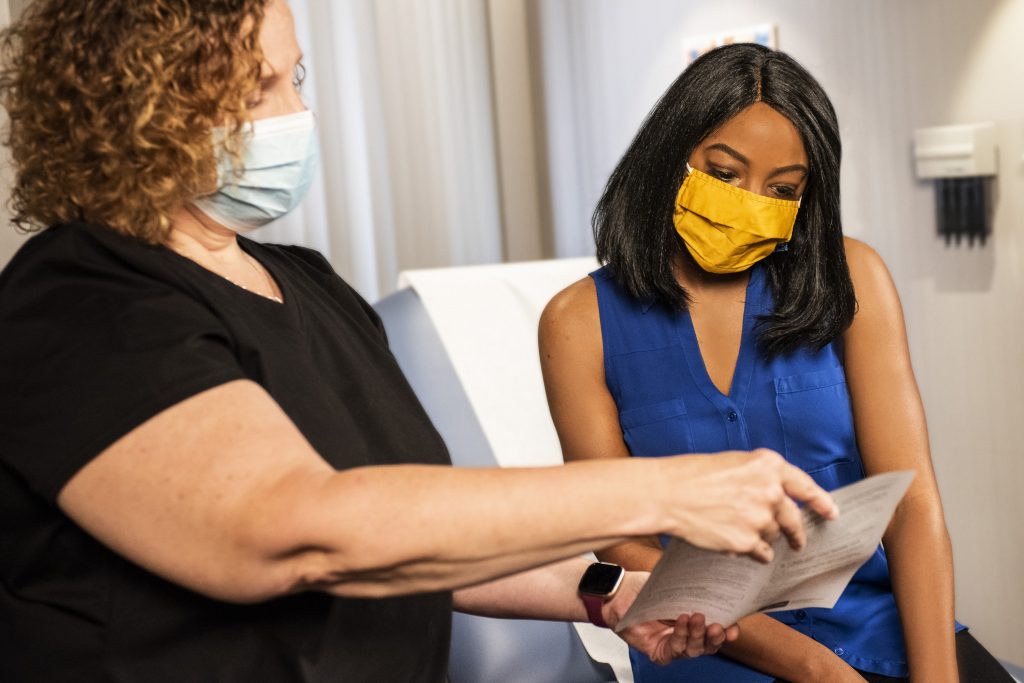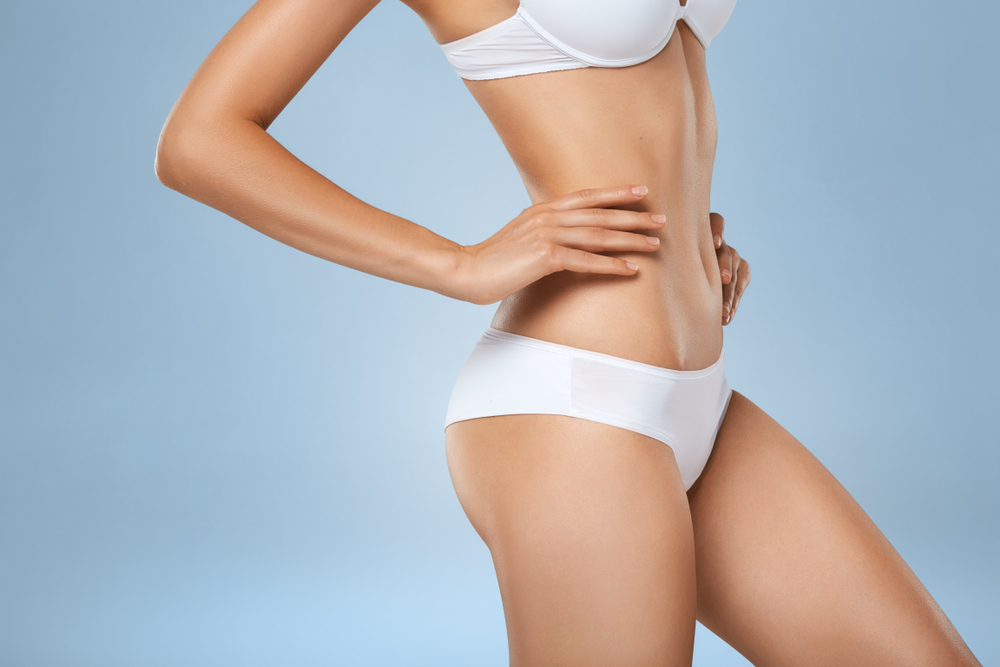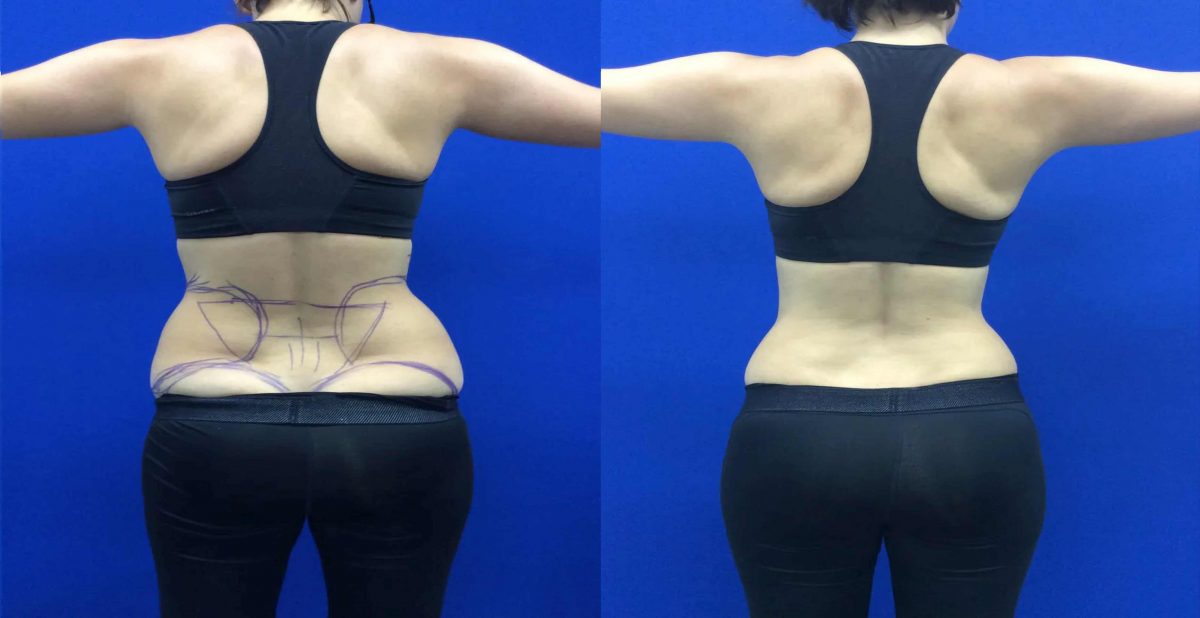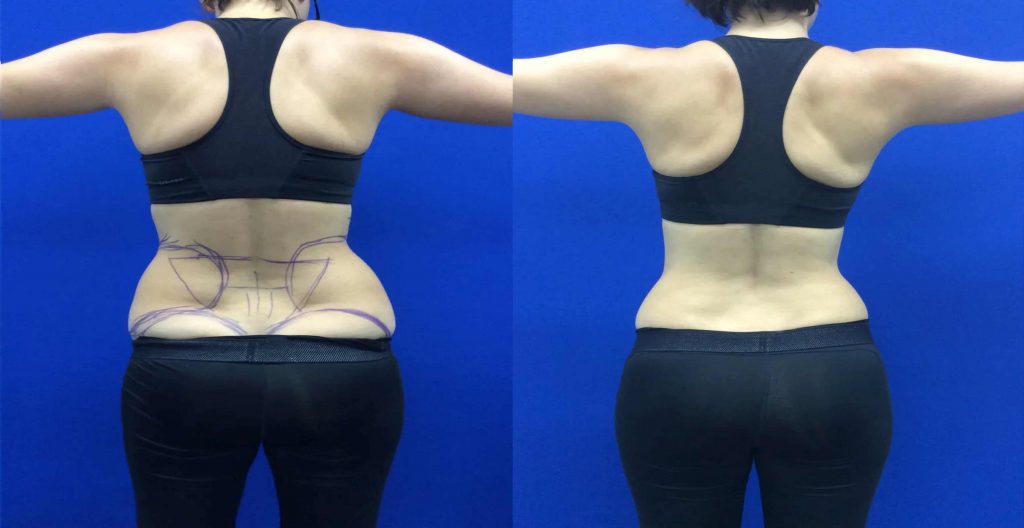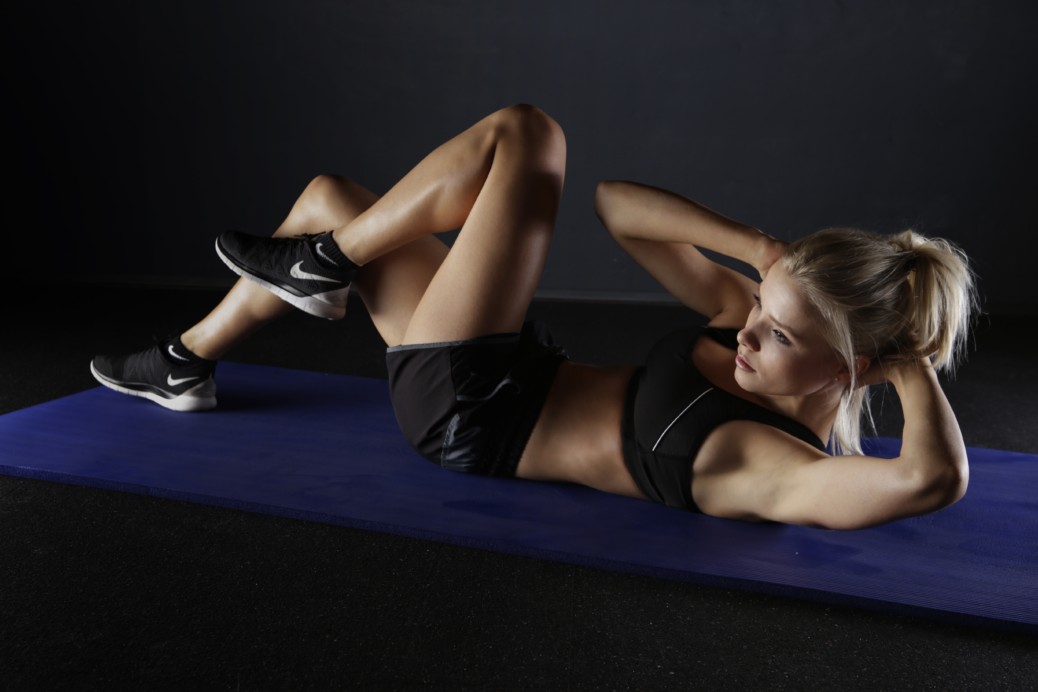Introduction
In the ever-evolving landscape of body contouring, the spotlight is on Laser Lipo – a modern and minimally invasive alternative to traditional liposuction. Offering precise fat removal with minimal downtime, this innovative treatment has become increasingly popular among those seeking a more sculpted and refined physique. This comprehensive guide will introduce you to Laser Lipo, its many benefits, and what to expect throughout the process.
The Power of Laser Technology
Laser Lipo, also known as laser-assisted lipolysis, relies on advanced laser technology to break down and liquefy fat cells in targeted areas of the body. By melting the fat, it becomes easier to remove, resulting in a smoother and more natural-looking outcome. This less invasive approach also means reduced trauma to surrounding tissues, leading to faster recovery times and less post-operative discomfort.
The Benefits of Laser Lipo
Laser Lipo boasts a multitude of advantages over traditional liposuction methods. Here are some of the most notable benefits:
- Minimally Invasive: Laser Lipo Omaha Liposuction requires only tiny incisions, which means less scarring and a reduced risk of infection compared to traditional liposuction.
- Shorter Recovery Time: With Laser Lipo’s less invasive approach, patients can expect a quicker recovery period, often returning to work and normal activities within just a few days.
- Precise Targeting: The advanced laser technology allows for greater precision in addressing specific problem areas, making it ideal for treating smaller or more delicate regions of the body.
- Skin Tightening: In addition to removing unwanted fat, the laser energy stimulates collagen production, which can result in firmer and more youthful-looking skin.
- Local Anesthesia: Unlike traditional liposuction, which often requires general anesthesia, Laser Lipo can typically be performed using local anesthesia, reducing the risks associated with anesthesia.
The Laser Lipo Procedure: A Step-by-Step Journey
To help you better understand the Laser Lipo process, let’s walk through the steps involved in the treatment:
- Consultation: The journey begins with a thorough consultation with a qualified professional, who will discuss your goals, assess your candidacy for Laser Lipo, and devise a personalized treatment plan.
- Preparation: Prior to the procedure, the treatment area will be marked and a local anesthetic administered to ensure your comfort throughout the process.
- Treatment: The practitioner will create small incisions in the marked areas, through which a laser-guided cannula is inserted. The laser energy is then used to break down and liquefy the fat cells, which are subsequently suctioned out of the body.
- Recovery: Post-procedure, you’ll likely be provided with a compression garment to help minimize swelling and support the treated areas. Some mild discomfort and bruising are normal, but should subside within a few days.
Although Laser Lipo offers impressive results, it’s important to maintain realistic expectations. This treatment is designed to remove localized fat deposits, not as a means of significant weight loss. Results can become visible within a week or two, with continued improvement as the body heals and swelling subsides.
The longevity of the results depends on your commitment to maintaining a healthy lifestyle. While Laser Lipo permanently removes the treated fat cells, it’s still possible to gain weight in other areas if you don’t adhere to a balanced diet and regular exercise routine. To ensure lasting results, it’s crucial to take care of your body post-treatment.
Ideal Candidates for Laser Lipo
Laser Lipo is best suited for individuals who are close to their ideal body weight but struggle with stubborn pockets of fat that are resistant to diet and exercise. It’s important to note that this treatment is not a solution for obesity or a substitute for weight loss programs.
Additionally, ideal candidates should be in good overall health, have realistic expectations, and possess good skin elasticity. A consultation with a qualified professional will help determine if Laser Lipo is the right choice for you.
Potential Risks and Complications
While Laser Lipo is generally considered safe and minimally invasive, as with any medical procedure, there are potential risks and complications. Some of these may include:
- Infection: Although rare, there is a risk of infection at the incision sites.
- Scarring: While the incisions are small, there is still a chance of minor scarring.
- Irregularities: In some cases, uneven fat removal can lead to contour irregularities.
- Burns: The laser energy has the potential to cause burns if not administered properly.
To minimize these risks, it’s essential to choose an experienced and reputable practitioner for your Laser Lipo treatment.
In Conclusion
Laser Lipo represents a significant leap forward in the world of body contouring, offering a minimally invasive, precise, and effective alternative to traditional liposuction. By providing quicker recovery times and the added benefit of skin tightening, this innovative treatment has made achieving a more sculpted physique an attainable goal for many. If you’re considering Laser Lipo, be sure to consult with a qualified professional to determine if this cutting-edge procedure is the right fit for your unique needs and goals.



